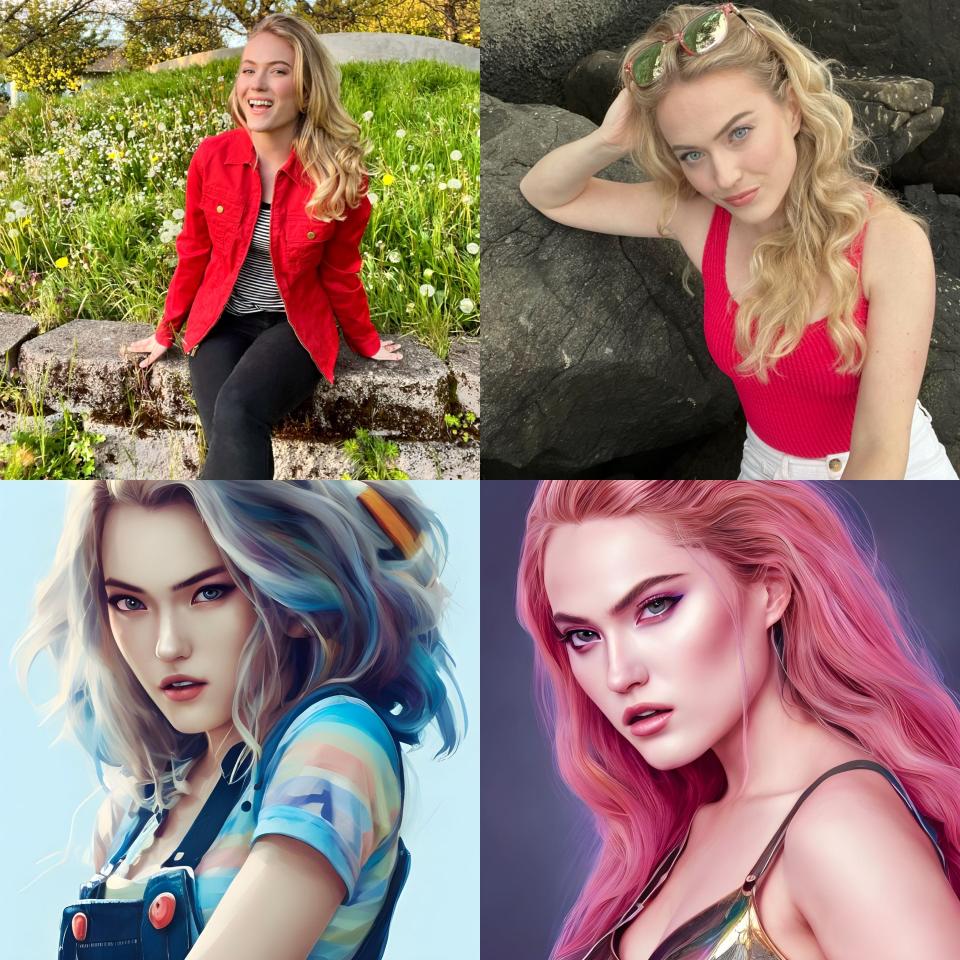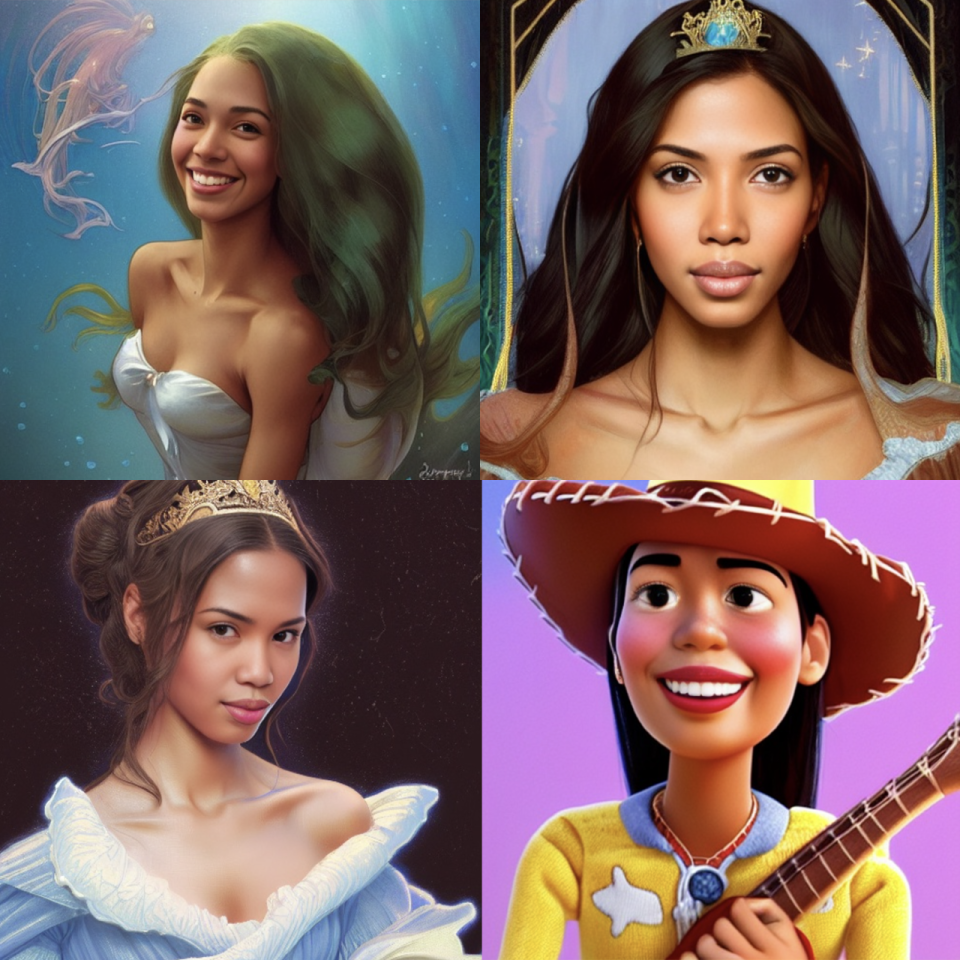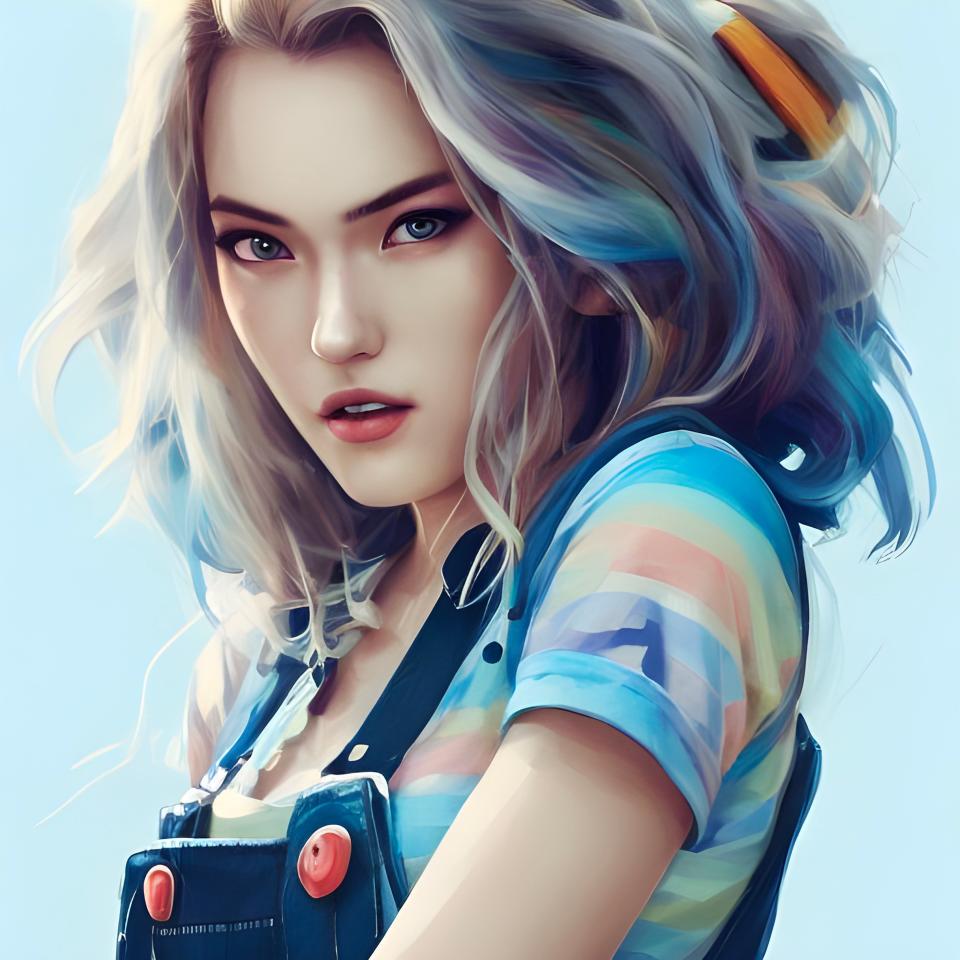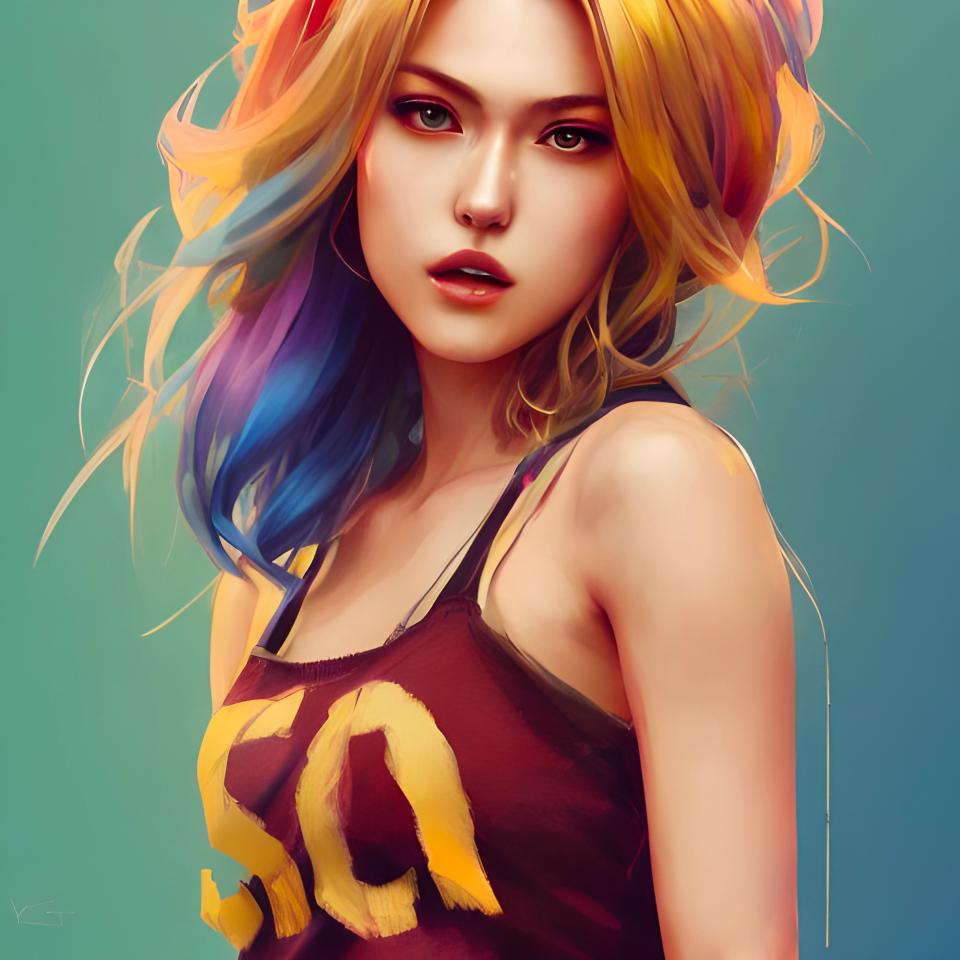People keep sharing their AI-generated portraits: What to know about Lensa, and why some push back on it
You could look like a warrior, gearing up for battle. Or maybe you'd like to be surrounded by flowers, donned in a bridal gown. Better yet, how about a goddess?
These depictions, called magic avatars, are images made by an app called Lensa. Owned by Prisma Labs, Lensa allows users to upload photos of themselves, pay a fee, and within minutes, download photos of themselves in all kinds of whimsical settings.
The avatars have quickly gained popularity among social media users and celebrities, including Chance the Rapper, Michaela Jaé Rodriguez and Taraji P. Henson.
But while the AI-generated photos have been a hit among some, there have been claims that apps of this sort are stealing from real artists. Others say they produce racist depictions of users who upload their photos.
Here's what to know about these magic avatars and how the company has responded to warnings against them.
Deepfakes: What is a deepfake? This video technology is spooking some politicians
No, Paris Hilton and Tom Cruise aren't dating: A TikTok video with impersonator confuses fans

What are 'magic avatars' from the Lensa AI app? How are they created?
This latest fad started with Stability AI, the company that created a network model called stable diffusion. The model uses internet data to generate images from text.
Lensa uses a copy of the stable diffusion model, allowing users to upload their own photos and wait as the app creates personalized images, the company said on its website. The model was trained using LAION 5B, a large dataset with image-text pairs.
The process takes an average of 10 minutes and involves 120 million billion mathematical operations to analyze the photos, the website reads.
After avatars are created, user photos are deleted permanently from their servers, Lensa said.
"Each time a user purchases a new pack of avatars, the process repeats from scratch," Lensa said on its website. "That's why we ask you to upload photos every time you request a new package."

Images like the ones generated by Lensa start with something called generative AI, or a group of models, said Yaron Inger, the cofounder and chief technology officer at Lightricks, a different company that produces similar AI-generated images and designed Facetune, a hit among celebrities and socialites. The models allow users to write text prompts and key words and create "high fidelity" images, or images that look very similar to the originals.
The models are fairly new but good ones have popped up over the past few months, Inger said.
How was stable diffusion created?
Stable diffusion, the open source model that Lensa uses, was launched in August.
"The guys who trained (the model) basically took hundreds of millions of photos on the web," Inger said. "(They) crawled the web, got a lot of images and showed the model these images together with text. The model is like a big brain that can hallucinate new images based on this ton of new data."
Why are artists warning against using AI-generated images?
There has been serious discussion around these AI images, primarily arguments that Lensa has stolen from real artists trying to make a living.
As a reminder, the app charges users to upload their images and create magic avatars.
One cautionary Facebook post from Dec. 4, now shared over 50,000 times as of Thursday, argues the apps use copyrighted art from creators worldwide.
On its FAQ page, Lensa said the network the app uses is able to recognize patterns and connections between images and text descriptions, not individual art. The AI is then able to apply the techniques to generate new content.
"Once the training is finished, AI doesn't refer to the original dataset," Lensa said. "Instead, it applies the acquired principles it has developed to the process of further creation. Hence the outputs are not replicas of any particular artist's artwork."

Inger, from Lightricks, said his company has taken steps to address concerns about safety among users. Stable diffusion initially came with a "pretty basic NSFW filter," so Lightricks added its own filters to protect its users.
"We monitor basically everything that happens through our systems and ensure that people create only appropriate content," he said.
He also doesn't see the apps as a threat to artists and creators. In fact, he thinks it's the opposite.
"I think that these models give a lot of power to the creators," he said. "It allows people to celebrate what other artists created and not to copy them. If you think about artists and their creations, a lot of their creations are inspired by other artists, right?"
Tech: FTC sues to block Microsoft's $69B deal to acquire Activision Blizzard, maker of Call of Duty
Alexa 'thank my driver' lets customers tip their deliverers. But has Amazon been stealing tips?
Are these 'magic avatars' racist and misogynistic?
Another reason social media users are speaking out against Lensa and AI apps like it is because some of the images they generate are overly sexualized.
Activist Brandee Barker, for example, uploaded photos of her face and received at least four magic avatars depicting her partially nude or with cleavage.
Is it just me or are these AI selfie generator apps perpetuating misogyny? Here’s a few I got just based on my photos of my face. pic.twitter.com/rUtRVRtRvG
— Brandee Barker (@brandee) December 3, 2022
In the same thread, a social media user accused the app of perpetuating "racism and sexism."
"I ended up looking like a white woman in most of the pictures," posted Twitter user @feministnoire.
Lensa said the app and its model use unfiltered internet content to create the magic avatars, so naturally, the AI images will contain biases humans include in their own art.
"Creators acknowledge the possibility of societal biases," Lensa said. "So do we."
The company also stressed that Stability AI, which made the stable diffusion model, has adjusted the model to make it harder to create NSFW images.

Lensa also claims to have taken steps to reduce biases in avatars. It's taking time though, so the company stressed that minors should steer clear of the app.
Inger said companies like Lensa and Lightricks use an open source model that is made up of tons of photos.
"We didn't train the model," he said. "It's still early ... there's still a lot of progression in terms of what kind of data we feed to these models."
The goal, he said, is not to include any gender or racial bias. Lightricks is trying to work internally to make sure the AI images created in its app aren't offensive or biased.
And yes, he's thrilled about how things are advancing.
"The options are endless," he said. "We're currently only scratching the surface of what is possible with these models ... I think it's only going to get better and better as time goes by."
Saleen Martin is a reporter on USA TODAY's NOW team. She is from Norfolk, Virginia – the 757 – and loves all things horror, witches, Christmas, and food. Follow her on Twitter at @Saleen_Martin or email her at sdmartin@usatoday.com.
This article originally appeared on USA TODAY: AI portraits by Lensa app take over Instagram: What is it? Is it free?

 Yahoo Movies
Yahoo Movies 